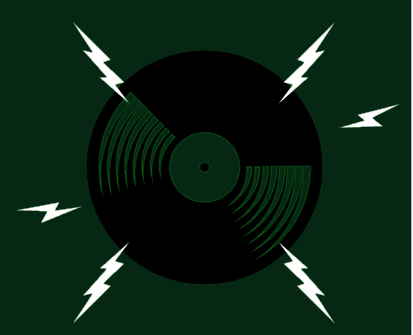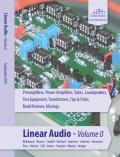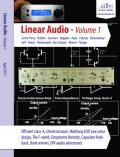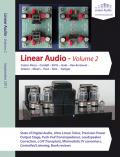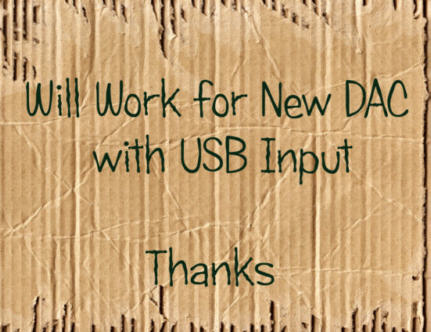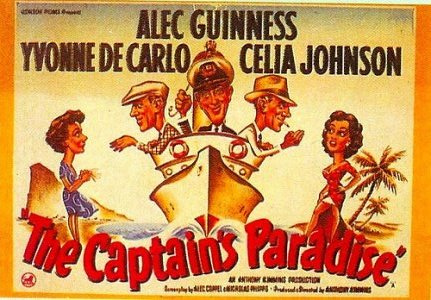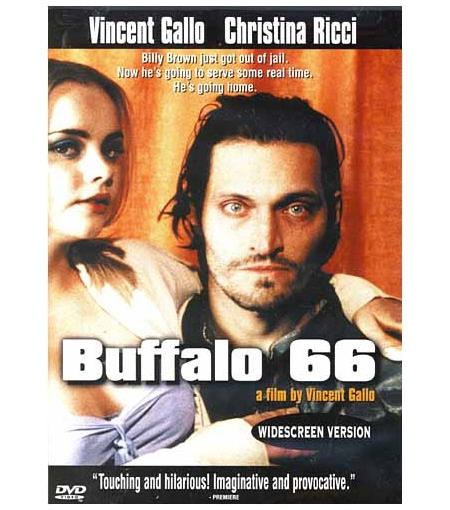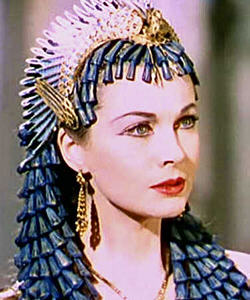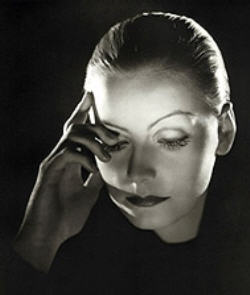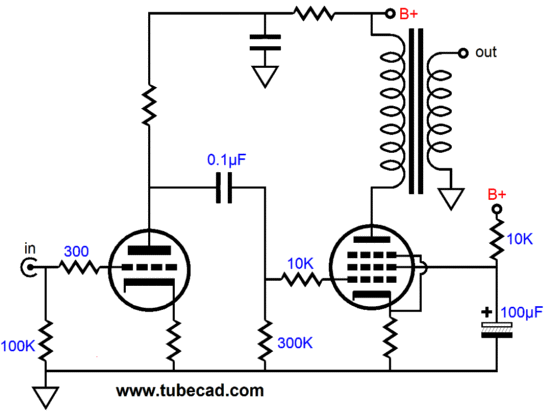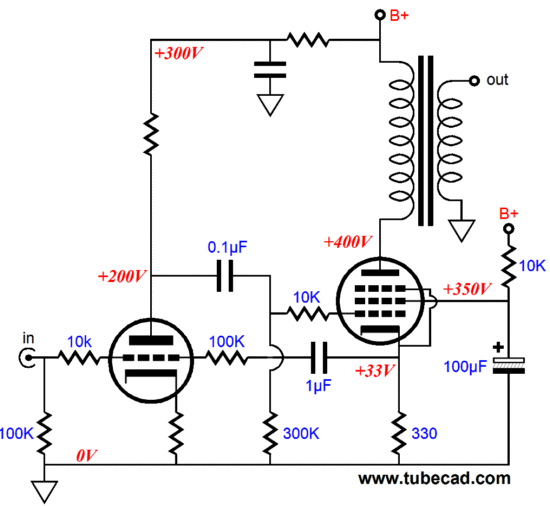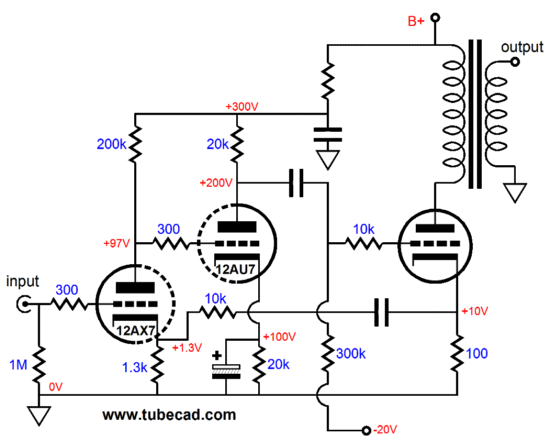| John Broskie's Guide to Tube Circuit Analysis & Design |
|
2011 RMAF
The biggest change that I noted from last year's show, however, was the overwhelming resurrection of LPs. Maybe, I am wrong, but it seemed as if most exhibitors were running record-player frontends. I loved it. LPs were everywhere, spinning on and on. Once again Jan Didden shared a table with Bob Cordell. Jan brought with him issues 1 and 2 of his amazing new audio electronics magazine, Linear Audio.
If you are not subscribing to it, you are missing out on the finest audio DIY magazine ever printed. No ads, just page after page of clean schematics and readable graphs. After the show ended, I realized the Jan was the fellow I would most like to talk circuits with, sketch pad before us, pencils and beers in hand. I also did a quick review of his decades of articles, interviews, and efforts to further this odd hobby of ours. My first conclusion was that Jan is the Godfather of Audio, but unfortunately the mafia has ruined the title. "Emperor" makes no sense. "King" is better, as there can be many kings. Then I thought the title given to the English king Henry VIII,"Defender of the Faith" bestowed by Pope Leo X in 1521. That's more like it, as Jan Didden has been a tireless defender of audio. To continue the English Royalty metaphor, the kingdom of audio has many barons and dukes, these are the big names in audio equipment, names both obvious and known by all. But the Kingdom of Audio also has many knights, these are brave men and women who are willing to publish their schematics and explain their efforts beyond the hokum of glossy ads and bogus white papers. Julius Futterman, Peter Baxandall, Nelson Pass, Erno Borbely, Andrea Ciuffoli, David Manley, Walt Jung, Allen Wright, JC Morrison, Dougless Self, Steffie Bench... immediately come to mind. We even had a court jester in Dr. Gizmo (Harvey Rosenberg). While at the show ("festival" is a bit too precious, as show had nothing bacchanalian or festive about it, being more sedate, like a film festival or a high-school-music festival), I was asked which system at the show impressed me most. This is a good question, as it forced me think about how the best overall often loses to the best-in-only-one-aspect contender. Imagine a woman carrying the following score card in her head and that her current boyfriend rates thus:
Such a catch of a man may lose out to the following weasel of a man, whose chart looks like this:
Audiophiles carry a similar scorecard, with column headings such as Imaging, Bass Extension, Coherence, Spatial Solidity, Extended Highs, Fluidity, Midrange Purity.... And we are just as likely to be swayed by an audio component that ranks a ten in one column, but falls below average in all the others. So, after much introspection, I answered a different question: What system would I happily listen to for years, not months or weeks? My answer was either the refreshingly civilized sound from the Doshi Audio room, which offered the Wilson Audio Sasha speakers (once again small speakers atop subwoofers) and Doshi tube electronics, or the big, wide, and deep sound from the Audio Alternative room, which sported Vandersteen Model 7 speakers powered by Audio Research Reference 250 monoblock amplifiers. On the other hand, if I could own many different audio systems, if I weren't so sonically monogamous, I would be more tempted by audio components that earn a ten in one column, although falling below average in other columns. Forgive me if I have mentioned this story before, but I once, over twenty years ago, was acquainted with this rich fellow, Roberto, who was a devoted audiophile. We weren't close friends as such, just acquaintances, for while I was able to tell him to his face that he was a fool, he didn't know me well enough to dare say the same to me. A fool? He owned four supremely fine audio systems, each costing close to six figures, each filled with cutting edge equipment, each absolutely identical. Yep, he had two identical systems in his big house and two identical systems in his two vacation homes. Every time he found a better phono cartridge or speaker cable or CD player, he would buy four of them, one for each identical system; the high-end audio stores loved him. His habit of buying four pieces of identical gear is why I called him fool. I argued that he should build up four wildly different systems, each offering a different sonic perspective. One would be, say, a system that suited big classical recordings, one a system that made the best reproduction of a small jazz ensemble or string quartet, one that thundered and shook like a rock concert, and one that poured forth the most beguiling mono reproduction. He thought I was insane; his view was why should he ever listen to anything but the absolute best. "Best for what?" was always my counter question, but he he never answered it beyond saying, "Just the best." Of course, one great advantage to being rich is that you can afford to be a fool or a madman or a drunk.... And after all, audio is a rich man's hobby. Can you imagine a street bum holding up the following sign?
Or am I wrong about this? Are there sultans and renegade Mormons whose fidelity to type compels them to have four identical wives, each the same age, height, weight, hair color, physique and personality, perhaps quadruplets?
Want to make a huge bucket of cash and achieve fame? Then write a screenplay for a remake of the classic Alec Guinness movie, The Captain's Paradise, co-starring Yvonne De Carlo and Celia Johnson, wherein Guinness plays the captain of a ship that sails between British Gibraltar and Ceuta in Morocco and between his two wives. Two wives? The captain has realized that no one wife can fulfill all his desires, as many of his desired spousal attributes are self contradictory: the frugal, mild-mannered, tidy, quiet and reserved, excellent housekeeping wife he greatly admires and cherishes cannot also be the impulsive, naughty, scandalous, fiercely amorous, flirtatious, lust-inducing wife he also longs for — excluding the severest case of schizophrenia, of course. The captain spends three days in sweet, tender, and calm domestic bliss with his stolid English wife in Gibraltar; he spends one day aboard his ship in the exclusive company of men, with whom he discusses politics and philosophy; and then he spends three days in Morocco with his hot Latin-sultry wife, drinking, dancing, dissipating in an orgy of limitless and shameless revelry. He has attained the perfect life—until, of course, it all falls apart. Well, we are too prissy, too excessively and affectedly prim and proper—dare I say it, too politically correct—to ever remake the original movie, so instead we can only make it its inverse, as everyone one knows, reverse sexism is not sexist—how could it be? The new movie would star a strong actress, say Anne Hathaway, who would play a wife with two husbands, one staid but sensitive, nurturing and supportive and Oprah-watching, her other husband devilish but drivingly, divinely passionate, a man a woman would so intensely long for that she could, like Medea in her love of Jason, betray her country and people for his attentions; there's a real love story.
And like the captain of the ship, our modern wife (perhaps a captain of commerce, or, better still, the editor of two woman's magazines) would spend one day of the week (perhaps in a private airplane on route from her home in New York to her other home in New Zealand) in the exclusive company of women, let's say her personal staff, talking the purist, most empathic and relationship-filled woman talk. Indeed, a nice subtlety would be to cast the handsomer actor, say Brad Pitt, as the nice but boring husband and the far less attractive actor as the compelling but bastardly husband, say fellow audiophile Vinny Gallo.
Why? The answer requires too many words, but let me just point out that two of the most famous seductresses, Cleopatra and Mata Hari, both of whom could entice and beguile men into extreme states of mindless desire, were not themselves all that attractive, certainly not Vivien Leigh or Greta Garbo beautiful. The spells these two femme fatales cast were psychological, not visual.
As a further twist to the remake, in the style of Vladimir Nabokov, would be to make the respectable husband's job that of being a writer of female erotica; the wanton husband, dedicated principal of a school in the ghetto. Heck, give me a few more beers and I'll write the screenplay myself. Anne, Brad, Vinny have your people contact my people.
First Watt and Current-Output Amplifiers
On Sunday morning (I skipped the show that day), I quickly sketched up a page worth of new current-output amplifier designs. Perhaps the simplest current-output amplifier is one with a pentode as the output tube and no negative feedback loop. Intrinsically, pentodes present a much, much higher plate resistance than do triodes. As a consequence, a pentode-based power amplifier more closely approximates a current-output amplifier. Remember that a current-output amplifier is actually a voltage-to-current converter that accepts an input voltage and returns a proportional amount of current at its output. The voltage developed across the load depends on the load impedance. As the impedance rises, so does the voltage.
One added benefit to using a feedback-free pentode is that its high rp will contribute to a fine PSRR figure, as the implicit voltage divider created out of the tube's rp and the reflected impedance across the output transformer's primary will favor the tube, greatly reducing the power-supply noise across the primary. It's time to clarify things a bit. A negative feedback loop that attached to the pentode's plate would work to dramatically decrease the plate's impedance, which is precisely what we do not want, as turns the circuit into a voltage amplifier, not a current-output amplifier. On the other hand, attaching a negative feedback loop to the pentode's cathode, would dramatically increase the its plate resistance, making it a much closer approximation to a true current-output amplifier .
Working backwards, as is my habit, we apply a positive-going pulse to the pentode's plate, which causes a slight increase in current conduction, which, in turn, provokes a tiny positive pulse on the its cathode resistor. This pulse then is relayed to the input tube, which responds by increasing its current conduction, which forces its plate down in voltage, causing he pentode to forgo its increased conduction. In other words, the negative feedback has increased the pentode's output impedance at is plate, but decreased it at is cathode. The same principle applies to the triode with a negative feedback attached to its cathode.
What are the 2A3, 6AS7, 12B4, 300B, 45, 50, 211, 845? They are the answer to the question, Which triode could be used as an output tube? Remember, it's the topology, not the tube. Note how the negative feedback is returned to the input tube's cathode, not its grid as was the case in the previous circuit. The added gain stage adds a second phase inversion, resulting in no phase inversion at the output tube's grid. Why does this triode-based version use three tubes, while the pentode-based version used two? My assumption is that the triode will offer less transconductance than the pentode, so it will need more gain from the frontend. (A 12DW7 is a good choice, as it holds dissimilar triodes, a 12AX7 type and a 12AU7 type.) Here is a good place to stop, as the circuits get wilder hereafter.
Next Time
//JRB |
|
I know that some readers wish to avoid Patreon, so here is a PayPal button instead. Thanks.
John Broskie
E-mail from GlassWare customers:
And
High-quality, double-sided, extra thick, 2-oz traces, plated-through holes, dual sets of resistor pads and pads for two coupling capacitors. Stereo and mono, octal and 9-pin printed circuit boards available. Aikido PCBs for as little as $20.40 http://glass-ware.stores.yahoo.net/ Only $12.95 TCJ My-Stock DB
Version 2 Improvements *User definable Download or CD ROM www.glass-ware.com |
||||||||||||||||||||||||||||||||||||||||||||||||||||||||||||||||||||||||||||||||||||||||||||||||||||||||||||||||||||||||||||||||||||||||||||||||||||||||||||||||||||||||||||||||||||||||||||||||||||||||||||||||||||||||||||||||||||||||||||||||||||
| www.tubecad.com Copyright © 1999-2011 GlassWare All Rights Reserved |

